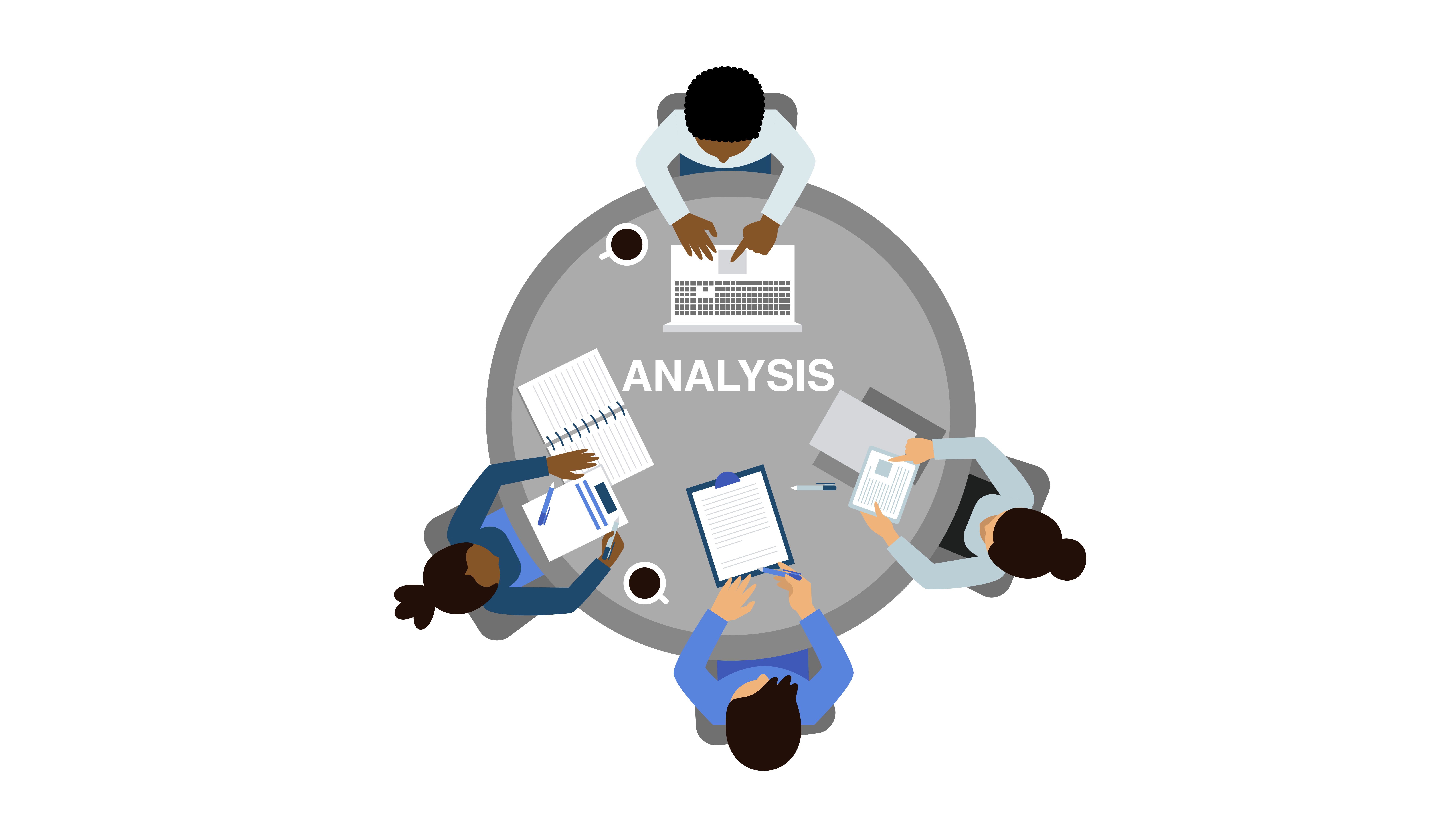Featured
Modern businesses require an centralized location for customer data platforms (CDPs). It is a crucial tool. These software applications give a better and more complete overview of customers' preferences that can be used to target marketing and personalize customer experience. CDPs can also provide a number of capabilities, such as data governance as well as data quality along with data formatting, data segmentation, and data compliance, to ensure that the customer data is collected, stored and utilized in a secure and organized way. CDPs are a great way for companies to collect and store customer data in a CDP helps companies interact with customers and puts them at the heart of their marketing strategies. It can also be used to draw data from different APIs. This article will look at the different aspects of CDPs and the ways they can help organizations.
what is a customer data platform
Understanding CDPs: A customer data platform (CDP) is a software that allows companies to collect data, store and manage the customer's information in one central data center. This will give you a more complete and more complete view of your customers and lets you target marketing and personalize customer experiences.
-
Data Governance: A CDP's ability to secure and control the data being integrated is among its primary characteristics. This includes profiling, division and cleansing of the data. This ensures compliance with data regulations and policies.
-
Data Quality: It's important that CDPs ensure that data collected is of high-quality. This means that data must be entered correctly and meet the desired quality standards. This reduces the need for storage, transformation and cleaning.
-
Data formatting: A CDP is also available to ensure data follows a defined format. This ensures that different types of data like dates correspond across collected customer information and that data is entered in a rational and consistent way. what is a customer data platform
-
Data Segmentation Data Segmentation: A CDP can also facilitate the segmentation of customer information to gain a better understanding of different customer groups. This lets you test different groups against one another and to get the most appropriate sampling and distribution.
-
Compliance CDP: The CDP allows organizations manage customer data in a way that is compliant. It allows the creation of safe policies, classifying information according to those policies, and even the detection of violations of policies when making decisions regarding marketing.
-
Platform Choice: There are various types of CDPs and it is crucial to be aware of your specific needs so that you can select the most appropriate platform. This is a must when considering aspects like privacy of data and the capability to access data from other APIs. customer data platform
-
Putting the Customer at the Center This is why a CDP allows the integration of raw, real-time customer information, giving the immediacy, accuracy and unified approach that every marketing team requires to improve their operations and get their customers involved.
-
Chat, Billing, and More When you use a CDP, it is easy to get the context you need for a great conversation, no matter if it's past chats and billing or other.
-
CMOs and big-data: 61% of CMOs feel they're not using enough big data, according to the CMO Council. A CDP can aid in overcoming this by offering the complete picture of the customer and allowing to make more efficient use of data for marketing and customer engagement.
With many different kinds of marketing innovation out there each one generally with its own three-letter acronym you may wonder where CDPs come from. Although CDPs are among today's most popular marketing tools, they're not a completely new idea. Instead, they're the most current action in the evolution of how online marketers handle customer data and customer relationships (Consumer Data Platform).

For the majority of marketers, the single biggest value of a CDP is its ability to section audiences. With the capabilities of a CDP, marketers can see how a single consumer interacts with their business's different brand names, and identify chances for increased personalization and cross-selling. Obviously, there's far more to a CDP than segmentation.
Beyond audience division, there are three big reasons that your business might want a CDP: suppression, customization, and insights. One of the most fascinating things online marketers can do with data is identify consumers to not target. This is called suppression, and it becomes part of delivering genuinely customized consumer journeys (Customer Data Management Platform). When a consumer's unified profile in your CDP includes their marketing and purchase information, you can reduce advertisements to consumers who've already bought.

With a view of every customer's marketing interactions connected to ecommerce information, website gos to, and more, everyone across marketing, sales, service, and all your other teams has the possibility to comprehend more about each consumer and deliver more customized, pertinent engagement. CDPs can help marketers resolve the root causes of many of their biggest day-to-day marketing problems (Customer Data Management Platform).
When your information is detached, it's more tough to comprehend your customers and produce significant connections with them. As the number of information sources utilized by marketers continues to increase, it's more crucial than ever to have a CDP as a single source of reality to bring it all together.
An engagement CDP utilizes consumer data to power real-time personalization and engagement for consumers on digital platforms, such as websites and mobile apps. Insights CDPs and engagement CDPs comprise the majority of the CDP market today. Really few CDPs consist of both of these functions similarly. To pick a CDP, your business's stakeholders must think about whether an insights CDP or an engagement CDP would be best for your needs, and research study the few CDP options that include both. What is Customer Data Platform.
Redpoint GlobalLatest Posts
Understanding the Different Types of CDPs Available
The Advantages of Segmenting Customer Data with a CDP
The Importance of Data Governance in a CDP